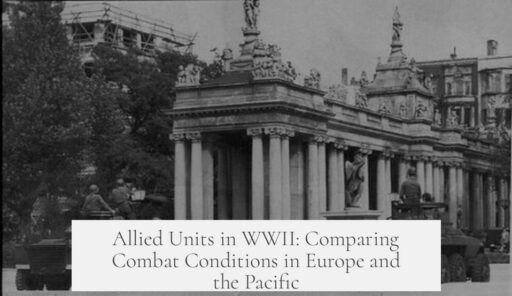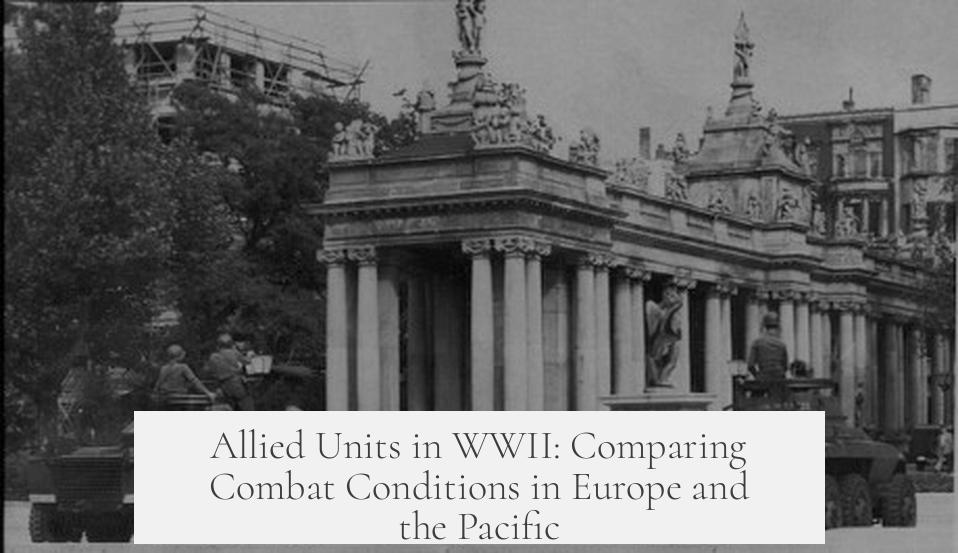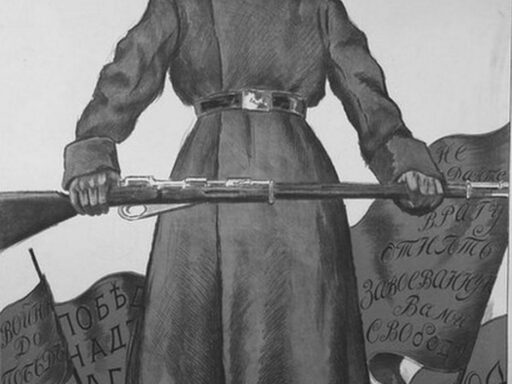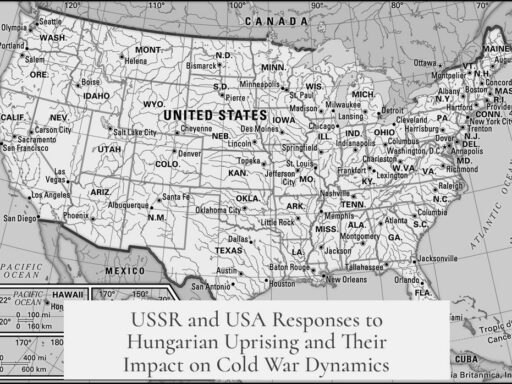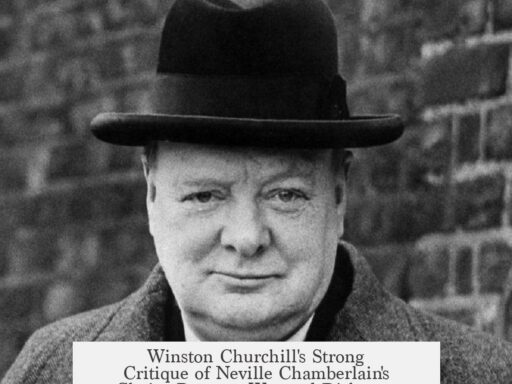Few Allied units fought in both Europe and the Pacific during World War II as entire formations. While individual personnel sometimes served in both theaters—especially within the US Army Air Forces—complete infantry or Marine units rarely did. The most direct comparisons of conditions and combat stress between the two theaters come from Australian infantry units that saw active service in both regions. These veterans overwhelmingly report that the Pacific theater presented far harsher living conditions and combat challenges than Europe.
US infantry units notably did not operate as whole groups in both theaters. Transfers happened primarily on a man-per-man basis, often involving aircrews rather than ground forces. For example, Paul Tibbets flew combat missions in Europe before commanding the 509th Composite Group in the Pacific, which dropped the atomic bombs on Japan. This pattern—individuals shifting theaters rather than entire units—is typical of US forces.
Some Commonwealth forces offer clearer examples of personnel and units spanning both fronts. The New Zealand 3rd Division fought in the Pacific, mainly in the Solomon Islands campaign, while the New Zealand 2nd Division served in Europe, in Italy. Though some soldiers transferred from the disbanded 3rd Division to reinforce the 2nd Division, these were distinct formations operating in separate theaters. Thus, New Zealanders fought on both fronts, but not within the same unit simultaneously.
Australian units provide the most detailed direct comparisons. The 2/1st Battalion of the Australian 6th Division saw combat in North Africa and Crete (Europe and Middle East theaters), then later in the Kokoda Track campaign in Papua New Guinea (Pacific). Veterans who served in both report the Pacific to be far worse in terms of living conditions and combat stress. Factors include:
- Climate Challenges: The tropical heat and humidity of the Pacific were oppressive. Constant rain created swampy conditions.
- Health Hazards: Malaria and dysentery were common illnesses caused by the environment.
- Terrain Difficulties: Dense jungle terrain severely restricted visibility and movement, making combat and navigation exceedingly hard. Soldiers might see only a few meters ahead.
This combination led to higher rates of disease, exhaustion, and psychological strain compared to the more temperate European campaigns. Australian war historians note the extreme physical and mental toll on troops in such conditions.
The US Marine Corps 6th Marines also experienced service in both theaters, deployed in Iceland (no active combat) and later on Guadalcanal, a critical and brutal Pacific battle. However, since Iceland had no fighting, direct combat comparisons do not exist from their perspective.
Other Australian formations, such as the 7th Infantry Division, fought in North Africa and later in Papua New Guinea. Though detailed personal accounts from these units are limited, the environmental and health hazards of the Pacific are generally accepted as more severe than those in Europe and North Africa.
The Soviet Union’s involvement was geographically restricted primarily to the Eastern Front against Germany. There is no verified evidence of Soviet units fighting in both European and Pacific combat zones during WWII in any organized form. Although individual soldiers like Yang Kyoungjong purportedly fought with different Axis units, this does not pertain directly to Allied forces’ experiences.
Overall, comprehensive comparative data from units serving in both theaters is scarce, with the Australian infantry experience offering the most direct and detailed insight. Available evidence highlights the Pacific’s harsher environment, greater disease prevalence, and difficult jungle combat as major stress factors outweighing those faced in Europe.
| Allied Units | Theaters Served | Combat Experience | Comparative Conditions |
|---|---|---|---|
| US Infantry Units | Either Europe or Pacific (not both) | Extensive combat in their single theaters | No full-unit transfers; no direct comparisons |
| USAAF Aircrews | Europe then Pacific (individual transfers) | Completed combat tours in both theaters | Experience varies; no unit-level comparisons |
| New Zealand 2nd & 3rd Divisions | 3rd in Pacific, 2nd in Europe | Personnel fought on both fronts, distinct units | No simultaneous theater service by unit |
| Australian 2/1st Battalion, 6th Division | Europe (North Africa, Crete) & Pacific (Kokoda Track) | Direct combat in both theaters | Pacific assessed as far worse for health and stress |
| USMC 6th Marines | Iceland (defense) & Guadalcanal (Pacific combat) | Combat only in Pacific | No direct combat comparisons due to Iceland role |
Veterans’ perspectives underscore the Pacific theater’s difficulty due to environment-driven disease and terrain obstacles. This contrasts with the European theater’s challenges, which centered more on artillery, urban warfare, and cold weather. Such differences shaped the combat stress and living condition experiences of Allied troops.
- No entire Allied infantry units, especially US, fought in both theaters simultaneously.
- Individual airmen and some Commonwealth soldiers served in both, often by reassignment.
- Australian infantrymen from the 2/1st Battalion report harsher conditions in the Pacific.
- The Pacific featured debilitating disease, heat, humidity, and jungle terrain.
- Combat stress varied, but environmental hardships in the Pacific were prominent.
Did any Allied infantry units serve in both Europe and the Pacific during WWII?
No full US infantry units fought in both theaters. Some Commonwealth soldiers served in both, but not in the same unit simultaneously.
Were there any Allied units that had members fight in both Europe and the Pacific?
Yes. For example, parts of New Zealand divisions had soldiers sent from the Pacific to Europe. Some Australian battalions fought in North Africa and the Pacific. USAAF airmen also transferred individually between theaters.
Which theater did soldiers from units that fought in both consider worse for living conditions and combat stress?
Veterans of the Australian 2/1st Battalion said the Pacific was worse. They faced hot, humid jungles, heavy rain, and diseases like malaria. Dense jungle also limited visibility and mobility.
Did the US Marines fight in both Europe and the Pacific theaters?
The US 6th Marines were stationed in Iceland and Guadalcanal. Iceland had no active fighting, so their combat experience was mostly in the Pacific.
Are there detailed records comparing combat stress between Europe and the Pacific for Allied units?
Detailed comparisons are scarce. Most insights come from Australian infantry accounts. Other units’ evaluations of stress and living conditions between theaters remain undocumented in detail.
